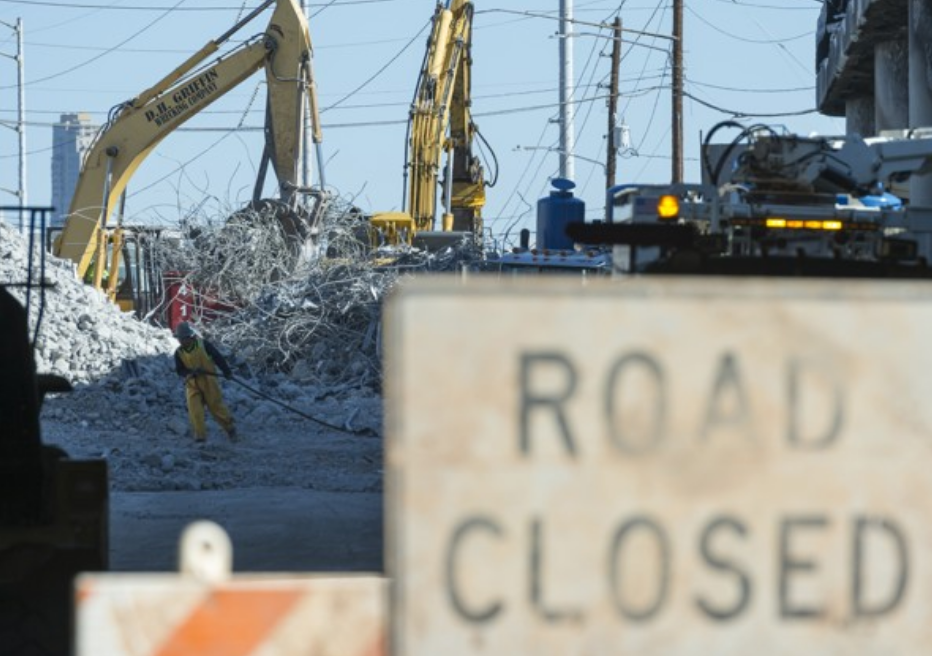Over 54,000 American Bridges Structurally Deficient
The nearly 48,000-mile Interstate Highway System literally moves the U.S. economy. It carries 75 percent of the nation’s heavy truck traffic. A new report finds there is the equivalent of one “structurally deficient”-rated bridge, on average, for every 27 miles of our major highway network. The 1,800 structurally deficient Interstate bridges are crossed 60 million times daily.
America’s infrastructure may be coming to a crossroads rapidly — particularly in terms of the country’s bridges.
According to an analysis of the U.S. Department of Transportation’s just released, 2017 National Bridge Inventory database, 54,259 of the nation’s bridges are rated structurally deficient. If placed end-to-end, they would stretch 1,216 miles, or nearly the distance between Miami and New York City.
What’s more, cars, trucks and school buses cross these 54,259 compromised structures 175 million times every day, the data show.
The pace of improving the nation’s inventory of structurally deficient bridges slowed this past year. It’s down only two-tenths of a percent from the number reported in the government’s 2016 data. At current pace of repair or replacement, it would take 37 years to remedy all of them, says Dr. Alison Premo Black, chief economist for the American Road & Transportation Builders Association (ARTBA), who conducted the analysis.
Noting President Trump is expected to address the nation’s infrastructure challenges in his Jan. 30 “State of the Union” address, Black says, “An infrastructure package aimed at modernizing the Interstate System would have both short- and long-term positive effects on the U.S. economy.” Traffic bottlenecks, she says, costs the trucking industry alone over $60 billion per year in lost productivity and fuel, which “increases the cost of everything we make, buy or export.”
To help ensure public safety, bridge decks and support structures are regularly inspected for deterioration and remedial action. They are rated on a scale of zero to nine—with nine meaning the bridge is in “excellent” condition. A bridge is classified as structurally deficient and in need of repair if the rating on a key structural element is four or below.
While these bridges may not be imminently unsafe, they are in need of attention.
Other key findings in the ARTBA analysis:
- Iowa (5,067), Pennsylvania (4,173), Oklahoma (3,234), Missouri (3,086), Illinois (2,303), Nebraska (2,258), Kansas (2,115), Mississippi (2,008), North Carolina (1,854) and New York (1,834) have the most structurally deficient bridges. The District of Columbia (8), Nevada (31), Delaware (39), Hawaii (66) and Utah (87) have the least.
- At least 15 percent of the bridges in six states—Rhode Island (23 percent), Iowa (21 percent), West Virginia (19 percent), South Dakota (19 percent), Pennsylvania (18 percent) and Nebraska (15 percent)—fall in the structurally deficient category.
State—and congressional district—specific information from the analysis—including rankings and the locations of the 250 most heavily travelled structurally deficient bridges in the nation and top 25 most heavily traveled in each state—is available at www.artbabridgereport.org.
Category: Featured, General Update, News, Safety











